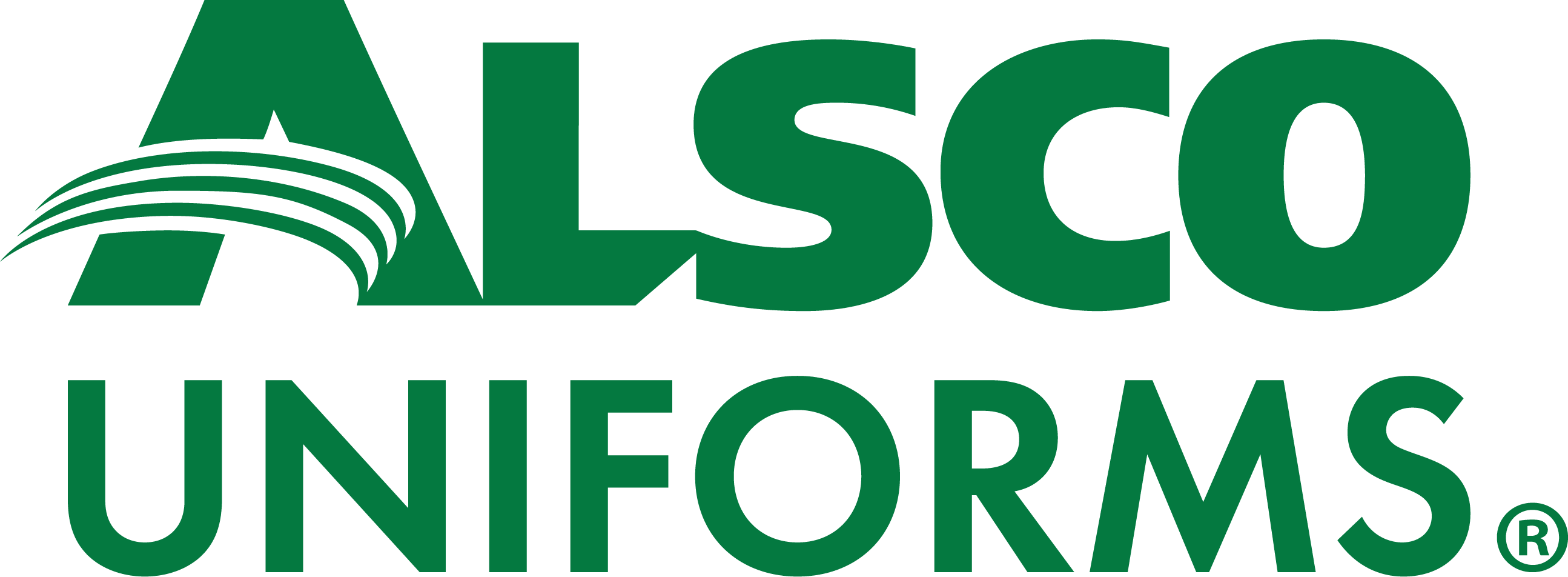
The Occupational Safety and Health Administration (OSHA) cares deeply about tripping in the workplace. In fact, there are three main OSHA trip hazard requirements most businesses must meet.
Meeting those standards can help you avoid fines. Additionally, making your workplace safer can ensure that you don’t lose crucial staff time due to injuries or illnesses. While meeting regulations involves expense, it’s a worthwhile and necessary investment.
How Dangerous Is a Workplace Trip?
When we think about job-specific injuries, we often focus on falls. That makes sense, as falls are among the most serious and severe forms of workplace accidents.
For example, about 20% to 30% of people who experience a fall at work experience a moderate or severe problem, such as a broken bone or a concussion. Additionally, more than 46,000 people died due to falls at home or work in 2022. For people working in industries like construction, falls can be the leading cause of workplace death.
A trip may not be as serious as a fall, but people who trip often fall a few seconds later. In a way, preventing workplace tripping could help reduce your fall risk too.
How Does OSHA Define a Trip?
To truly understand OSHA trip hazard requirements, you should know what the organization considers a trip.
Per the regulations, a trip is an incident in which something stops the momentum of the lower body while the upper body keeps moving. A problem like this could arise due to factors such as the following:
Uneven surfaces (such as gravel)
Unexpected clutter (such as cables or cords)
Damaged flooring (such as torn carpet)
Inappropriate footwear (such as open-toed sandals)
Missing signage (such as a lost sign indicating a steep drop to the outside)
A trip could be caused by almost anything that could hit someone’s foot or lower leg while they’re walking or running. When it happens, the person has an unexpected and abrupt stop, which is a trip.
What Are the OSHA Trip Hazard Requirements?
The three main OSHA trip hazard requirements come from the General Industry Walking-Working Surface standard, and additional rules are specific to the construction industry and to egress points in a building.
A walking-working surface, per OSHA, is anything your employees might stand on or travel across during the course of their work. Things like floors, stairs, and aisles are part of these rules.
Per OSHA regulations, employers should pay close attention to the following areas:
Inspection: OSHA requires walking-working surfaces that are free of hazards. Since hazards can appear at any point during the workday, staff should look for them and alert one another.
Repair: When hazards appear on walking-working surfaces, they should be fixed before employees use them again.
Communication: If the problem can’t be fixed immediately, signs and other alerts should be used to ensure that employees are aware and take proper precautions.
How Can You Comply With Requirements?
The OSHA rules seem straightforward and based on common sense. After all, few employers would allow their staff to work in areas strewn with debris and other tripping hazards. However, meeting the rules can require some planning and coordination.
OSHA recommends the following steps:
Stay alert. New hazards can appear at any moment. All employees should look for tripping hazards and address them when they can. By staying vigilant, certain hazards can be reduced.
Require proper footwear. Employees should be encouraged to wear closed-toe shoes with solid soles. These types of garments can help reduce the risk of trips when staff walks across uneven surfaces.
Use signs appropriately. OSHA allows employers to use signs when problems can’t be corrected immediately. However, those signs should be considered temporary measures and removed when the problem is fixed. If they are left up for too long, employees tend to ignore them.
Clean up. Employers should require a clean and tidy workplace with walking spaces free of clutter and trip hazards.
Light the way. It’s easier to trip in dark rooms. Appropriate lighting can ensure that employees see where they are and where they are going.
Train your staff. Employers should help staff members understand how dangerous a trip can be and encourage them to make the workplace safer.
Preventing trips isn’t a one-time project, as new hazards can appear regularly. For example, you might install floor mats to make egress spaces safer. However, those mats may slip without proper prevention methods. Always keep safety in mind.
What Happens if You Don’t Comply?
OSHA requirements aren’t voluntary. Most businesses must submit to regular inspections, in which a professional walks through your entire worksite to determine if you’re keeping your staff safe and meeting the rules.
If you don’t comply with the regulations, the fines are as follows:
Serious: This triggers a fine of $16,131 per violation.
Failure to fix: This fine is $16,131 per day.
Willful or repeated: This fine is $161,323 per violation.
In other words, if an inspector notices a serious trip hazard on your worksite, you could get fined for it and told to fix it. If the inspector comes back and it’s still not addressed, you’ll get fined even more for the issue. If the inspector comes back again and the issue appears again in a new place, you could get fined a whole lot more. These fines can add up to incredibly high amounts very quickly.
Alsco Uniforms Can Help
As part of our facility services program, Alsco Uniforms offers floor mats and other trip hazard fixes. We can help you choose the right product for your environment, and with our maintenance services, you won’t have to worry about keeping it clean or in good shape. Contact us today to learn how we can guide you through the process of making sure your workplace is compliant with OSHA requirements.
References
Slips, Trips, and Falls: Protect Your Employees from Preventable Injuries. (March 2021). National Safety Compliance.
Make Fall Safety a Top Priority. National Safety Council.
Slips, Trips, and Falls: Preventing Workplace Trip Hazards. (February 2023). OSHA.com.
Regulations: Standards 29 CFR. Occupational Safety and Health Administration.
OSHA Penalties. Occupational Safety and Health Administration.
